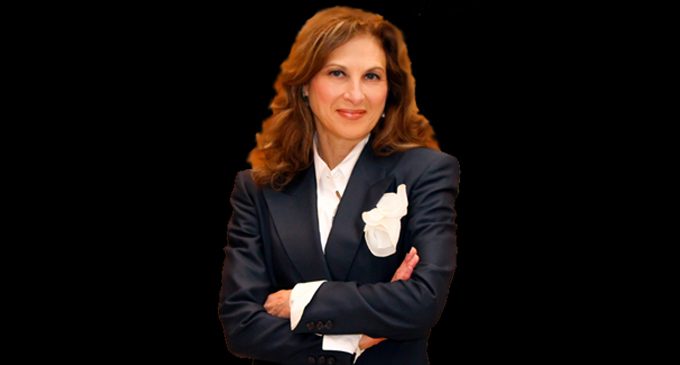Commentary: The forgotten voices that galvanized the Women’s Suffrage Movement
Joan Michelson

By Joan Michelson
“At Larkin Street a crowd of women came in. They were on their way to the Women’s Congress. … All kinds and degrees of women. They filled hall and balcony; they stood against the walls and, standing, filled the aisles. They were enthusiastic and hopeful and full of excitement. … But the most striking thing about this woman’s convention is the spirit of camaraderie it fosters. … They have learned how to disagree without quarreling, and they are willing to admit that there are two sides to a question and an infinite number of points of view.”
So began an article about the California Women’s Congress on May 21, 1895, by Miriam Michelson, my great-great aunt and a prominent reporter for the San Francisco Call. Aunt Miriam and other “girl reporters” of her day relentlessly kept the suffrage cause in the headlines, thereby both informing women about the movement and where they could go to gather with it, and emphasizing the importance of giving women the right to vote.
These brave female reporters put their livelihoods and sometimes their lives at risk for the sake of women gaining their most fundamental democratic right: the vote. They also convinced their editors to send them to these events, and to publish their stories and interviews with women attendees and speakers.
As Aunt Miriam’s writing reflects, women journalists like her noticed and wrote about different things and asked different questions than male reporters, sought different stories, perspectives, and people to interview, and often still do today.
It was Julie K. Brown of the Miami Herald who diligently covered Jeffrey Epstein’s pedophilia, even being referenced by the U.S. Attorney’s office as one of the reasons they were finally able to prosecute him (before his suicide). It was Jodi Kantor’s earth-shattering reporting in The New York Times, along with The New Yorker’s Roman Farrow’s, that led to the arrest of Harvey Weinstein for sexual harassment. Norah O’Donnell of CBS News was the reporter who pushed the CEO of Boeing to apologize to the families of the 346 people killed due to Boeing’s deadly mistakes in building the Max 737 plane. Shawna Thomas, Washington, D.C. Bureau Chief of Vice News, recently told the audience at my Newseum event that she pushes reporters for more diverse points of view on stories.
The newspaperwomen like Aunt Miriam also became role models, demonstrating that women could have fulfilling careers of their own, even if they remained unmarried, as Aunt Miriam did, and be financially self-sufficient. Miriam Michelson was so successful as both a best-selling fiction writer, appearing in The Saturday Evening Post and The Smart Set, that when her brother Albert Abraham Michelson won the Nobel Prize (in 1907), he was referred to as “Miriam’s brother.”
“Michelson’s career (demonstrates) … that women journalists,” Harrison-Kahan writes in “The Superwoman and Other Writings by Miriam Michelson” (Wayne State University Press, 2019), “in playing up gender and the female perspective, created new paradigms of womanhood, which they publicized to readers on a daily basis through the pages of the newspaper.” She added that these newspaperwomen, “played a crucial role in shaping literary and mass culture in the late 19th and early 20th centuries.”
These newspaperwomen also permanently changed the trajectory of women’s political, economic, academic and social lives, opening the doors to the opportunities, jobs and the enormous voting power that women hold today.
The six highly-accomplished women running for President of the United States today would not have been able to do so without the dogged, dangerous work that pioneering female journalists did that helped push the 19th Amendment over the edge to ratification.
As we commemorate the 99th year of women earning that right and approach the centennial, with official ratification of the 19th Amendment on August 26, 1920, it’s crucial that we tell the stories of these brave women journalists alongside those of Elizabeth Cady Stanton, Susan B. Anthony and the other suffragists.
It was the newspaperwomen who amplified and strengthened the voices of suffragists like Susan B. Anthony, enabling their messages, and even details about where to meet, to be heard further, to thousands more women, with a favorable picture of women’s empowerment.
Together, the suffragists and the women journalists ignited a movement that pressured male politicians to vote in favor of women gaining the right to vote. Without these newspaperwomen doing their yeoman’s work, ratification might literally never have happened.
On behalf of women voters of today, thank you, Aunt Miriam and her fellow trailblazing women reporters, for helping secure our power.
Joan Michelson is a journalist and podcaster who covers women innovators in science, technology, engineering and math. Follow her @joanmichelson.










